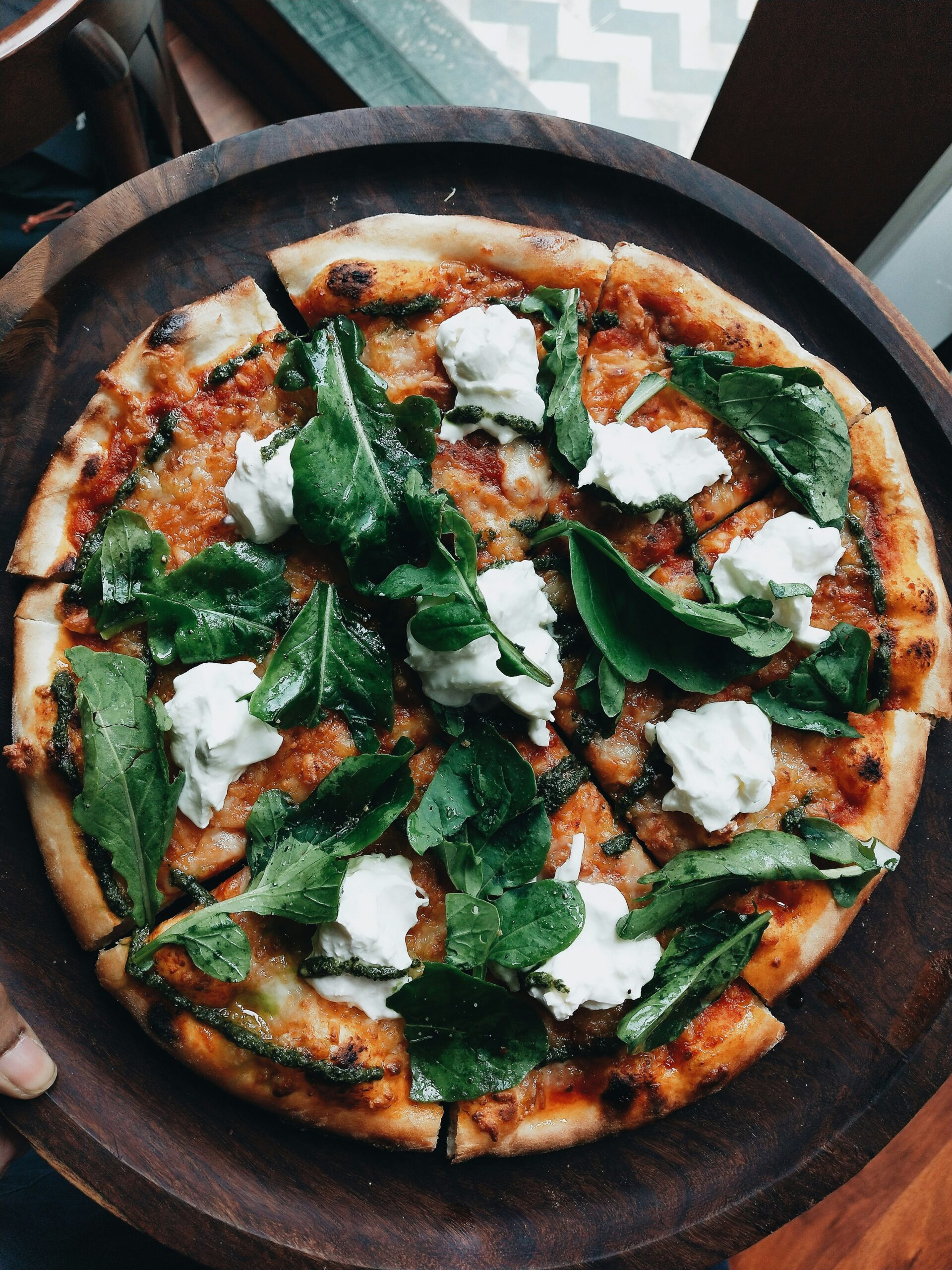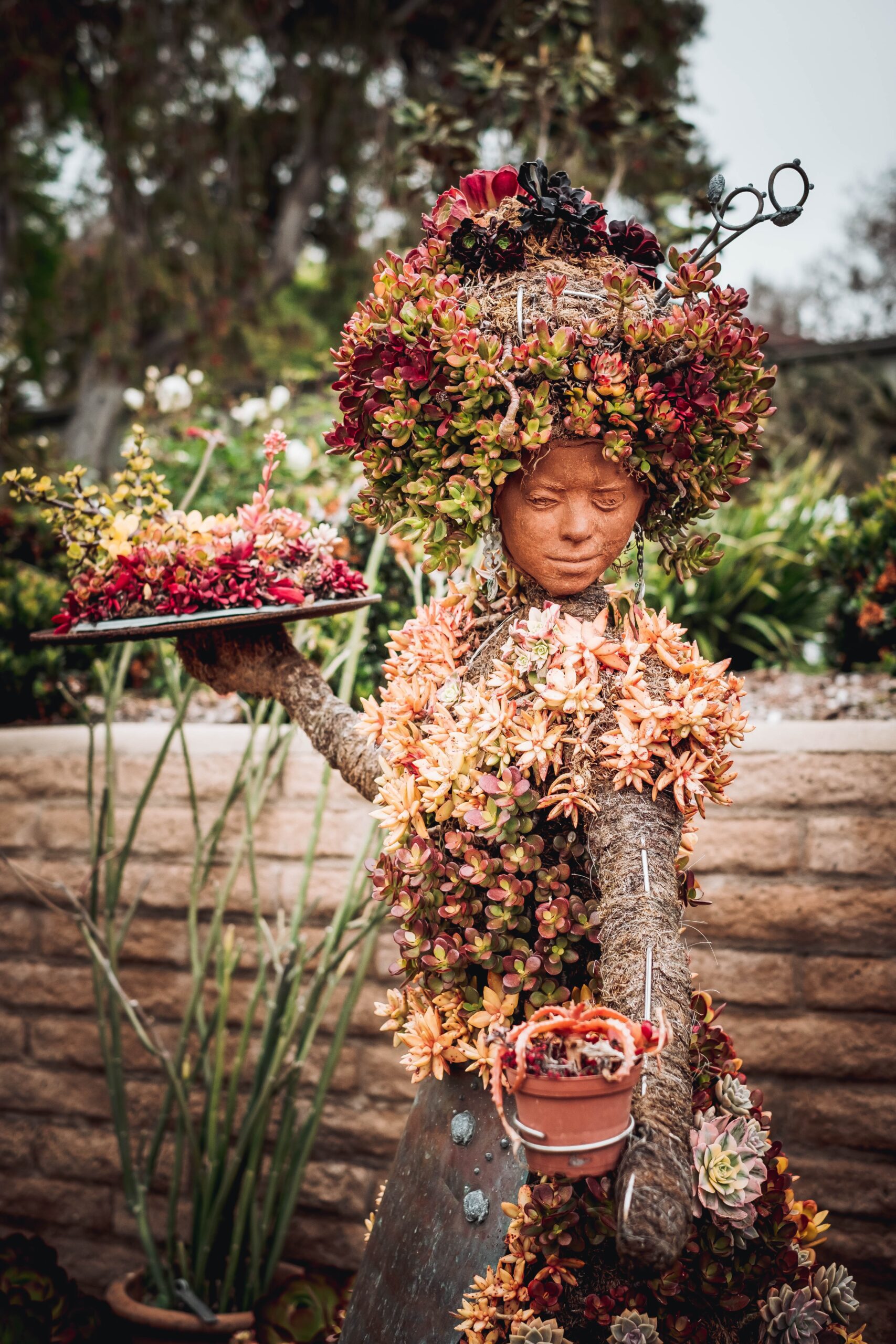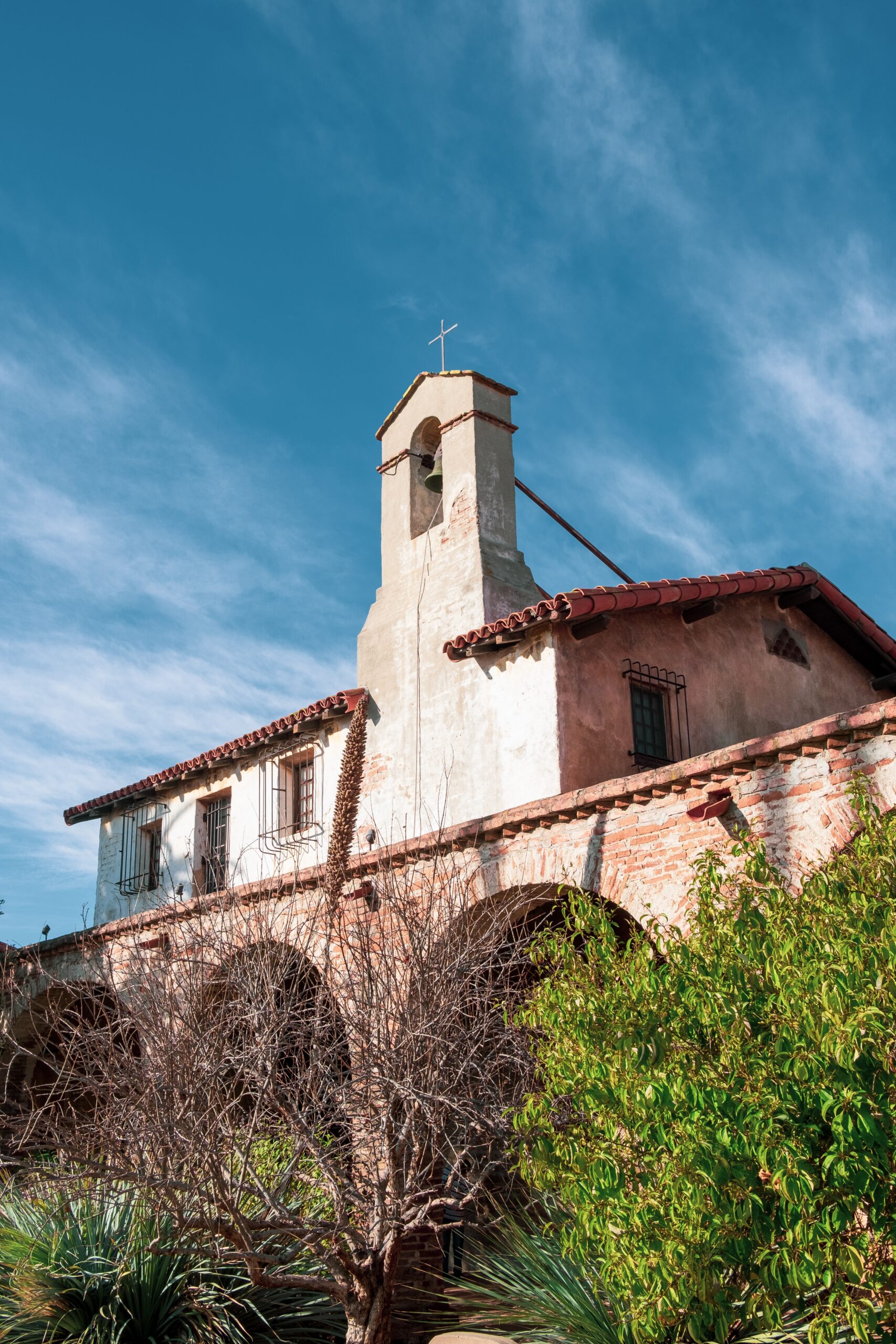Battle of the Bay: San Francisco vs. Los Angeles — Which City Has the Best Pizza?
California’s food scene is as competitive as it is diverse, and the rivalry between San Francisco and Los Angeles goes far beyond sports or culture—pizza is another battleground. Both the Bay Area and Southern California claim to serve the best slices, with unique approaches, historic favorites, and a continuously evolving pizza landscape. San Francisco’s Bay Area is widely regarded by both locals and chefs as having some of the best pizza in the country, a reputation that makes the competition with Los Angeles especially intense (San Francisco vs Los Angeles).

The debate isn’t just about toppings or crust style; it’s rooted in the identities of each city and their culinary traditions. While San Francisco highlights creative ingredients and laid-back, artisanal methods, Los Angeles brings its signature flair, variety, and a melting pot of flavors to every pie.
We're exploring the signature pizza spots, local favorites, and the different philosophies on what makes a perfect slice in Northern versus Southern California. Whether readers are Bay Area purists or SoCal pizza enthusiasts, understanding each city’s pizza culture helps answer the age-old rivalry: San Francisco or Los Angeles—who truly has the upper crust?
Battle of the Bay: San Francisco vs. Los Angeles — Which City Has the Best Pizza?
San Francisco Pizza Scene
San Francisco’s pizza landscape is diverse, shaped by the city’s rich culinary influences and innovative spirit. Neighborhoods from Haight-Ashbury to Chinatown offer unique slices, making the city a top destination for pizza lovers seeking something beyond tradition.
Distinctive Styles and Ingredients
San Francisco’s pizza scene is known for its wide variety of distinctive crusts and toppings. Local chefs often fuse Neapolitan, New York, and even Detroit styles, while also offering California-inspired takes with sourdough crusts and unexpected flavor profiles.
Ingredients often emphasize freshness and locality, with many pizzerias using farm-to-table produce, organic cheeses, and vegan-friendly alternatives. Menu options may include wild mushrooms, seasonal vegetables, or artisanal meats. Sourdough crust, rooted in the city’s Gold Rush history, has become especially popular.
Innovations are common. It’s not unusual to see pizzas topped with microgreens, pickled onions, or special sauces. The result is a menu that changes frequently, reflecting both food trends and what is available from local farms.
Notable Pizzerias Across Neighborhoods
San Francisco’s neighborhoods each offer standout pizza destinations. In North Beach, Tony’s Pizza Napoletana remains a favorite, known for winning international awards and serving twelve different styles. Haight-Ashbury’s Za Pizza and the Mission’s Flour+Water are acclaimed for artisan pies and creative menus.
Union Square hosts Capo’s, which specializes in deep-dish and tavern-style pies, referencing the city’s embrace of new trends like Chicago and Detroit styles. The Bay Area at large, including Oakland and Berkeley, broadens the regional options with pizzerias that value quality and uniqueness.
Pizza is not confined to brick-and-mortar shops. Food trucks and pop-ups are common, especially near tech hubs and art scenes, offering slices for people on the go. Access by public transport, including Muni, makes many of these spots conveniently reachable.
Cultural Influences and Food Trends
San Francisco’s food culture encourages experimentation and blends multiple traditions. The influence of Italian immigrants is combined with tastes from Chinatown, vegan and vegetarian trends, and local farm-to-table movements.
Vegan cheese, gluten-free crusts, and unexpected ingredients like kimchi are embraced alongside classics. Pizzerias respond quickly to shifting food trends, introducing fermented doughs, plant-based toppings, or fusion flavors inspired by the city’s multicultural makeup.
Food trucks also reflect this adaptability, debuting seasonal varieties and catering to dietary preferences. Biking and walkability allow residents to explore new offerings, making pizza discovery part of daily city life.
Local Favorites and Hidden Gems
Some of the city’s favorites include Arizmendi Bakery, famed for daily-changing vegetarian pies, and Golden Boy Pizza, known for its square slices since the 1970s. Cellarmaker House of Pizza offers Detroit-style pizza paired with craft beer, representing new additions to the scene.
Hidden gems are often found off main streets in neighborhoods like the Richmond or Inner Sunset. Local food blogs and curated maps point out spots like Pizza Hacker or Del Popolo, which started as a food truck before opening a brick-and-mortar location.
Plenty of these local favorites emphasize accessibility and quality, thriving outside tourist districts yet still drawing loyal crowds from across the Bay Area.

Los Angeles Pizza Culture
Los Angeles is known for its vibrant pizza scene, shaped by a mix of global influences, creative chefs, and the city's diverse neighborhoods. From classic New York-style slices to inventive fusion creations, LA’s pizza landscape offers an unmatched variety for any palate.
Iconic Styles and Diversity
Pizza in Los Angeles reflects the city’s multicultural roots. New York and Neapolitan styles are widely popular, but Angelenos also enjoy Detroit-style, Sicilian, and Roman square pies. Local spots often put a SoCal twist on traditional recipes by highlighting fresh California produce like avocados, arugula, and heirloom tomatoes.
Neighborhoods such as Koreatown and Little Ethiopia are home to pizzerias spinning global ingredients into classic shapes. Vegan and gluten-free options are readily available across the city thanks to LA’s health-conscious culture. This diversity ensures that pizza never feels repetitive, even for die-hard fans.
The city’s climate and laid-back beach vibe encourage alfresco dining, especially in Malibu and Santa Monica. Many pizzerias offer outdoor seating where guests can enjoy classic slices against a backdrop of palm trees and ocean breezes.
Top Spots in Neighborhoods
Los Angeles neighborhoods each have their signature pizza destinations—some regarded among the nation’s best. Hollywood hosts longstanding favorites near nightlife and entertainment venues, catering to locals and tourists after studio tours or late-night outings. Downtown’s Arts District and Echo Park feature trendy, minimalist spots focused on wood-fired pies and natural wines.
In Koreatown, pizza menus often include toppings like bulgogi and kimchi, reflecting the area’s international flair. Venice and Santa Monica offer easy access to beachfront slices, ideal after a day of outdoor activities or exploring the pier.
Lists highlighting the best pizza in LA typically name restaurants across multiple regions, recognizing the city’s pizza hotspots as not confined to one central location. Local favorites compete with nationally recognized spots for attention from critics and food lovers alike.
Fusion and Modern Influences
Innovation is central to LA’s pizza culture. Many chefs tap into Angeleno tastes, combining flavors from Mexican, Korean, and Mediterranean cuisines. Examples include pizzas topped with al pastor, za’atar, or even spicy tofu. Unusual doughs—made with spelt or cauliflower—reflect wellness trends while ensuring pizza remains accessible and inclusive for various diets.
Pop-ups and trendy eateries push the boundaries further by experimenting with sauces, cheese blends, and presentation. It’s not uncommon to see limited-edition pies inspired by local street food or dishes from neighborhood restaurants. Flexibility and creativity help LA pizza keep up with the fast-paced, ever-changing local dining scene.
Pizzerias collaborate with other restaurants or food trucks, delivering unique menu mashups only available in Southern California. Diners often find unexpected combinations that balance authenticity with bold new flavors.
Street Food and Food Truck Revolution
Pizza vendors are a staple of LA’s acclaimed food truck and street food culture. Trucks and sidewalk stalls offer quick, affordable slices to crowds in areas like Griffith Observatory, Santa Monica beaches, and throughout the city’s late-night districts.
Mobile ovens make artisan pies accessible, serving crowds at farmers markets, festivals, and outside Hollywood venues. Food trucks regularly update their offerings with seasonal toppings and locally sourced meats and vegetables.
LA’s pizza food trucks have expanded the reach of quality pizza to areas without dedicated traditional restaurants. Flexible, innovative, and highly mobile, these vendors ensure pizza remains a central part of the city’s dining landscape, whether for a spontaneous snack or a planned culinary adventure.

Comparing Pizza Experiences: Atmosphere, Lifestyle, and Accessibility
San Francisco and Los Angeles offer distinctly different pizza experiences shaped by their unique urban cultures, cost structures, and modes of getting around. From lively neighborhoods to the challenges of city navigation, pizza lovers have plenty to consider beyond just the slice itself.
Dining Venues and Neighborhood Vibes
San Francisco’s pizza spots often thrive in compact, bustling neighborhoods such as North Beach and the Mission. Many of these venues feature cozy, intimate dining rooms or counter-style seating, with a preference for walkability and a focus on community. Outdoor dining is also common, helped by the city’s mild but sometimes foggy weather.
Los Angeles, in contrast, caters to a sprawling city layout. Pizzerias range from trendy eateries in Venice and Silver Lake to traditional parlors in the Valley. LA restaurants are generally larger and more likely to have parking onsite, reflecting the city’s car-centric culture. Patios, rooftop spaces, and diverse late-night options cater to LA’s energetic nightlife scene and generally warmer evenings.
Both cities draw food lovers, but the atmosphere is shaped by local lifestyle. San Francisco tends to attract foodies looking for innovative flavors paired with neighborhood charm, while Los Angeles delivers a broad spectrum of options, from classic New York slices to experimental, globally inspired pies in settings that range from casual to ultra-chic.
Affordability and Value for Money
The cost of living in both cities is high, but San Francisco is often cited as the more expensive when it comes to housing costs, accommodations, and daily expenses. A standard pizza meal with drinks can be pricier in San Francisco, partly due to high rents and limited space in popular districts. Diners may pay a premium at celebrated spots like Tony’s Pizza Napoletana, but many consider the extra cost worthwhile for quality.
In Los Angeles, pizza pricing ranges widely. While some upscale locations charge a premium, numerous quality spots offer affordable slices and pies, benefiting from lower relative commercial rents in certain neighborhoods. LA’s greater city size allows for more competition, helping keep some options budget-friendly. Those staying in Airbnbs may find grocery and delivery prices higher in San Francisco, while LA’s expansive market often provides more deals and happy hour specials.
Utility costs, vacation stays, and even job market factors affect the overall perception of value for locals and visitors. LA’s pizza scene can be more approachable for families or groups on a budget.
Transportation and Accessibility
Getting to top pizza spots is a very different experience in each city. San Francisco’s compact layout supports walking, and many pizza destinations are easily reached by public transportation, including Muni buses, Metro, or even the famous cable cars. BART provides regional access but does not cover every neighborhood. Parking is scarce and often expensive.
Los Angeles presents the opposite challenge: most pizza restaurants are best reached by car, as the city’s public transit system is less robust. Traffic congestion can impact nearly every outing, especially during busy evenings. However, nearly every pizzeria provides customer parking, and delivery options are widespread.
Visitors relying on public transit may find LA less convenient, whereas pizza fans in San Francisco can sample multiple venues in a single evening thanks to short distances and effective transit. Each city’s accessibility reflects its broader lifestyle and personality—San Francisco leans urban and dense, while LA’s sprawl demands some pre-planning but rewards with diverse choices spread across its vast landscape.

Beyond the Slice: Pizza as a Part of City Identity
Pizza is more than just a quick meal in both San Francisco and Los Angeles. It reflects deeper community ties, regional tastes, and a city’s historical journey, linking food to lifestyle, attractions, and even the pace of life.
Cultural Significance of Pizza in Each City
In San Francisco, pizza echoes the city’s blend of cultures, taking influence from Italian, Asian, and Californian traditions. Popular pizzerias in neighborhoods near Golden Gate Park, Alcatraz, and tech-heavy Silicon Valley highlight how the city mixes tradition with innovation. Sourdough crusts and fresh local produce dominate menus, setting a standard for quality and creativity.
Los Angeles pizza draws from its immense diversity, often featuring flavors inspired by Latin American, Asian, and contemporary California tastes. Food trucks and pop-up spots complement classic sit-down parlors. Outdoor activities and year-round warm weather make pizza a fixture at beaches and city parks. Both cities use pizza as a canvas for trends—fitting for LA’s reputation in art, film, and fashion.
Community, History, and Local Traditions
San Francisco’s pizza history dates back to postwar Italian immigration, especially in North Beach. Pizzerias often act as gathering spots for families and tech workers, reflecting the city’s emphasis on community and collaboration seen across its museums, galleries, and diverse family attractions. The foggy weather and cool summers encourage hearty, uniquely West Coast slices.
In Los Angeles, the sprawling geography means each neighborhood offers its own pizza identity. The city’s emphasis on health, outdoor living, and a casual vibe is reflected in healthier options and inventive toppings. LA pizzerias frequently host events that draw couples, vacationers, and longtime locals. Evolving traditions blend with a strong sense of place, from Hollywood glamour to laid-back beaches.







